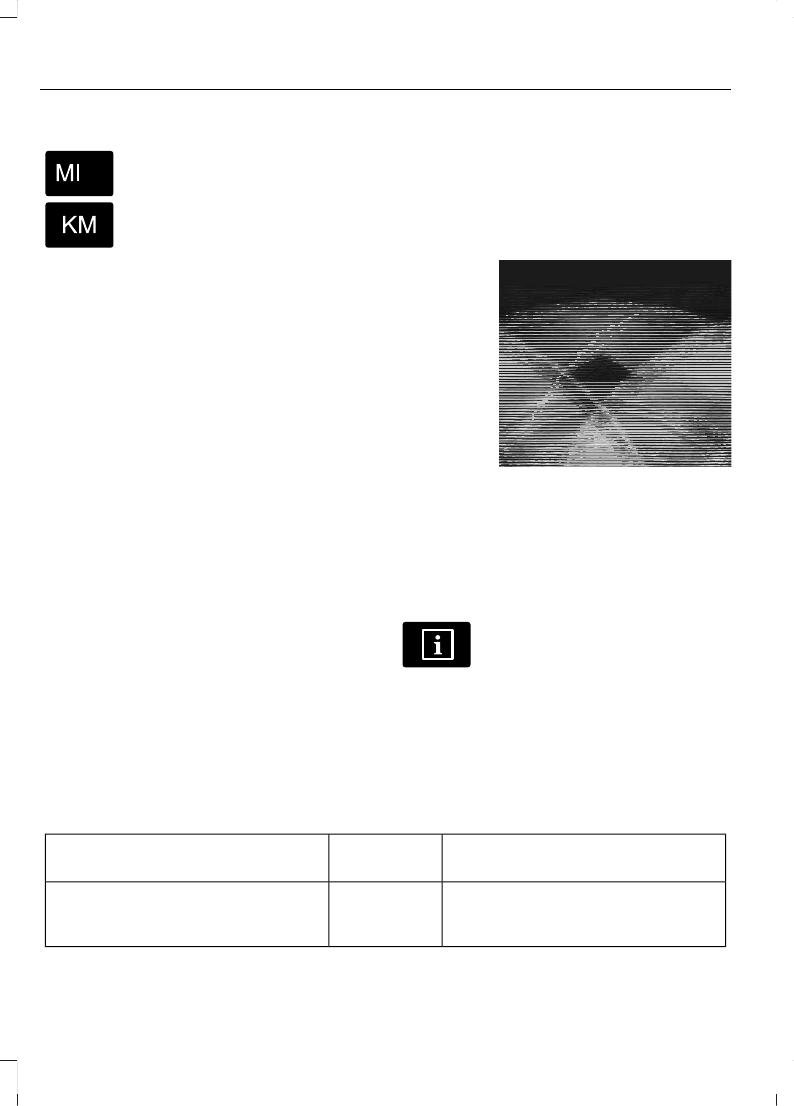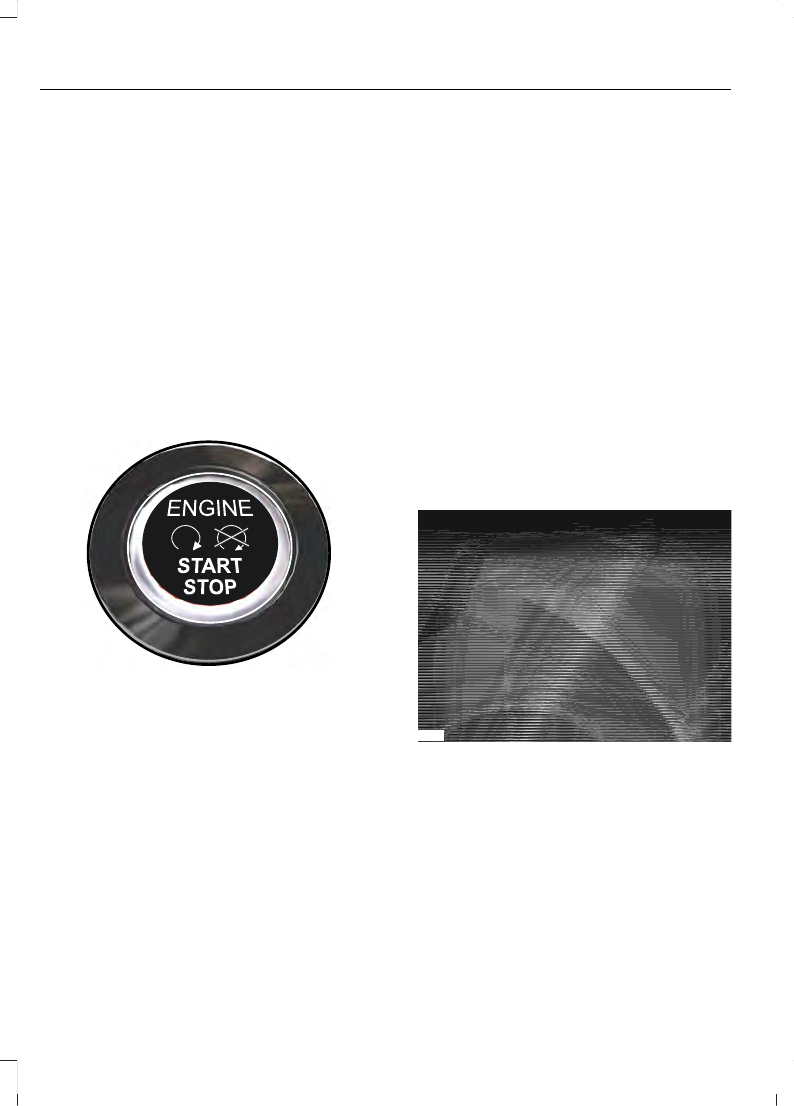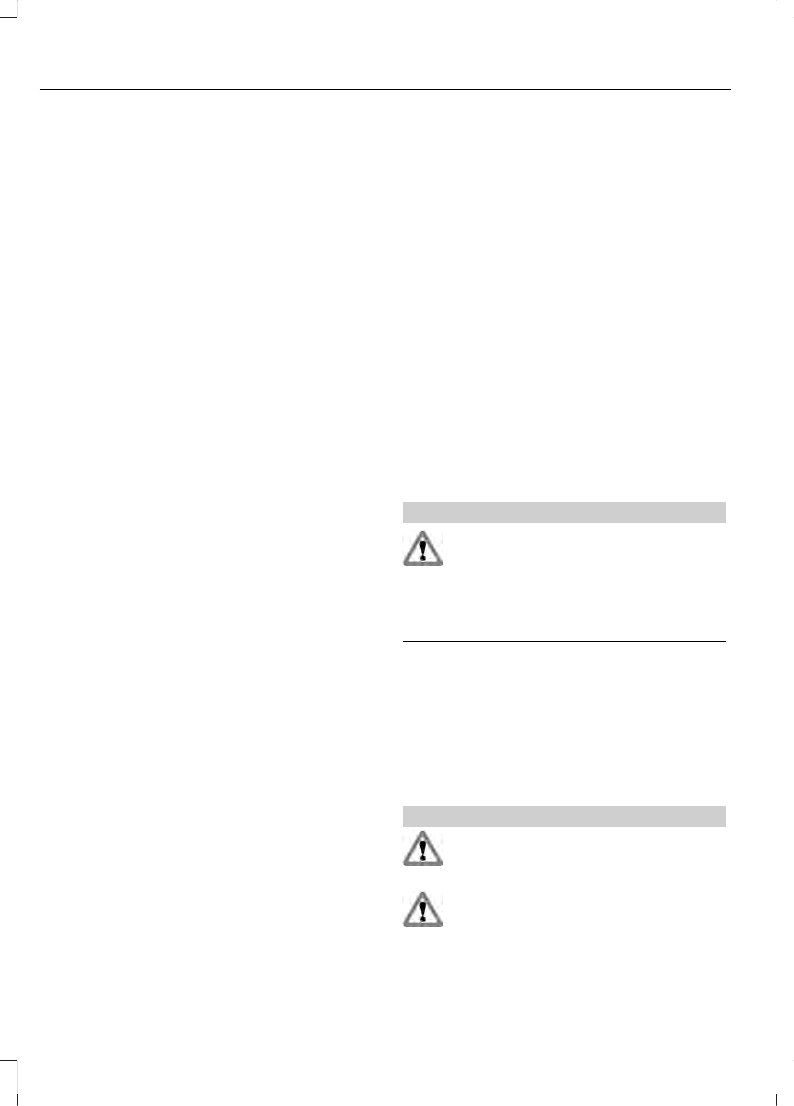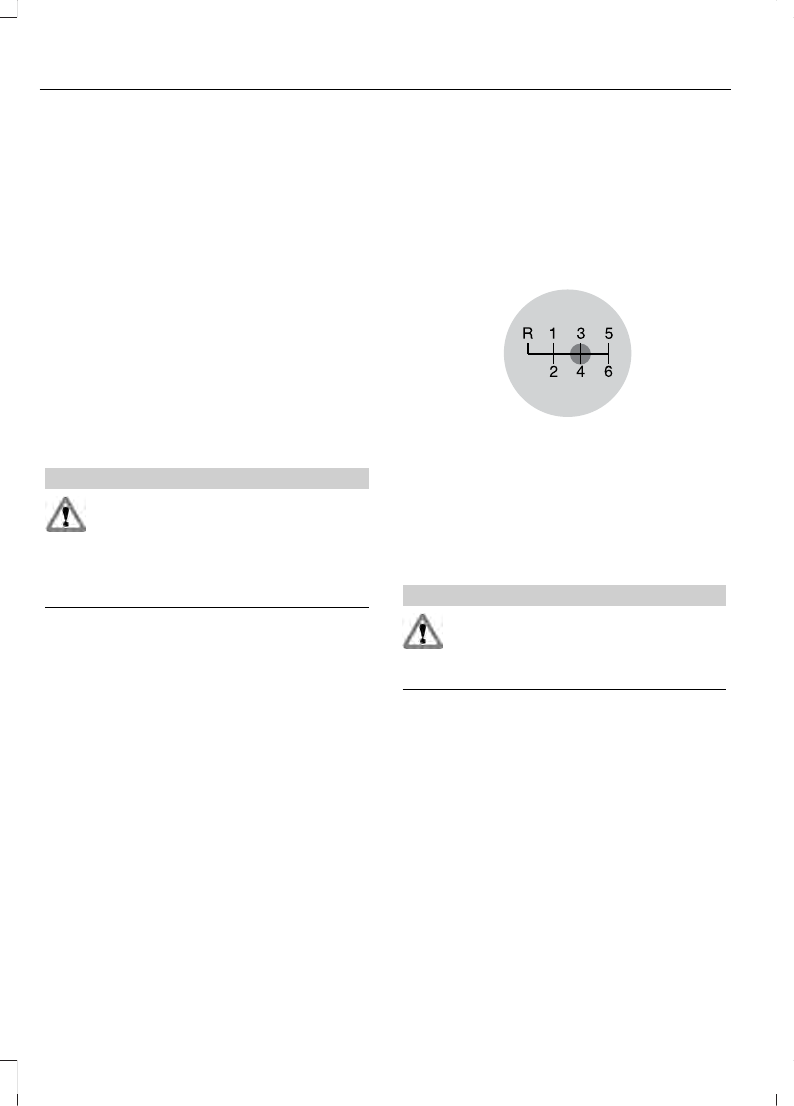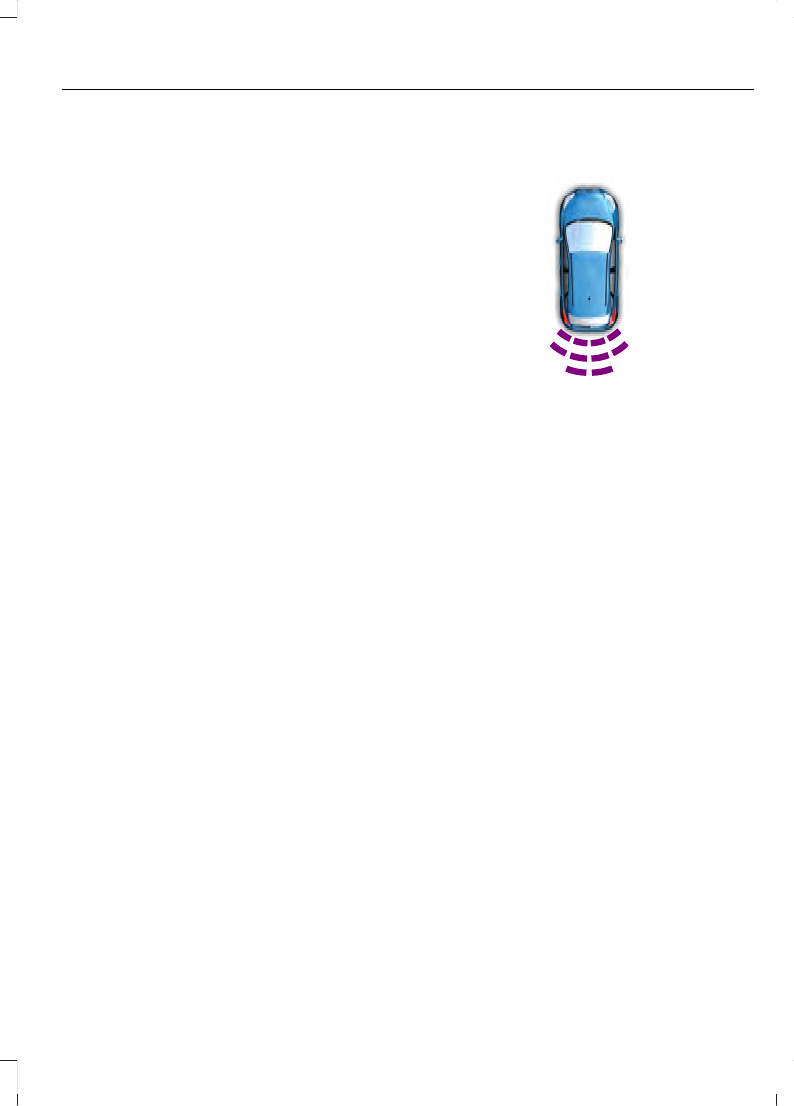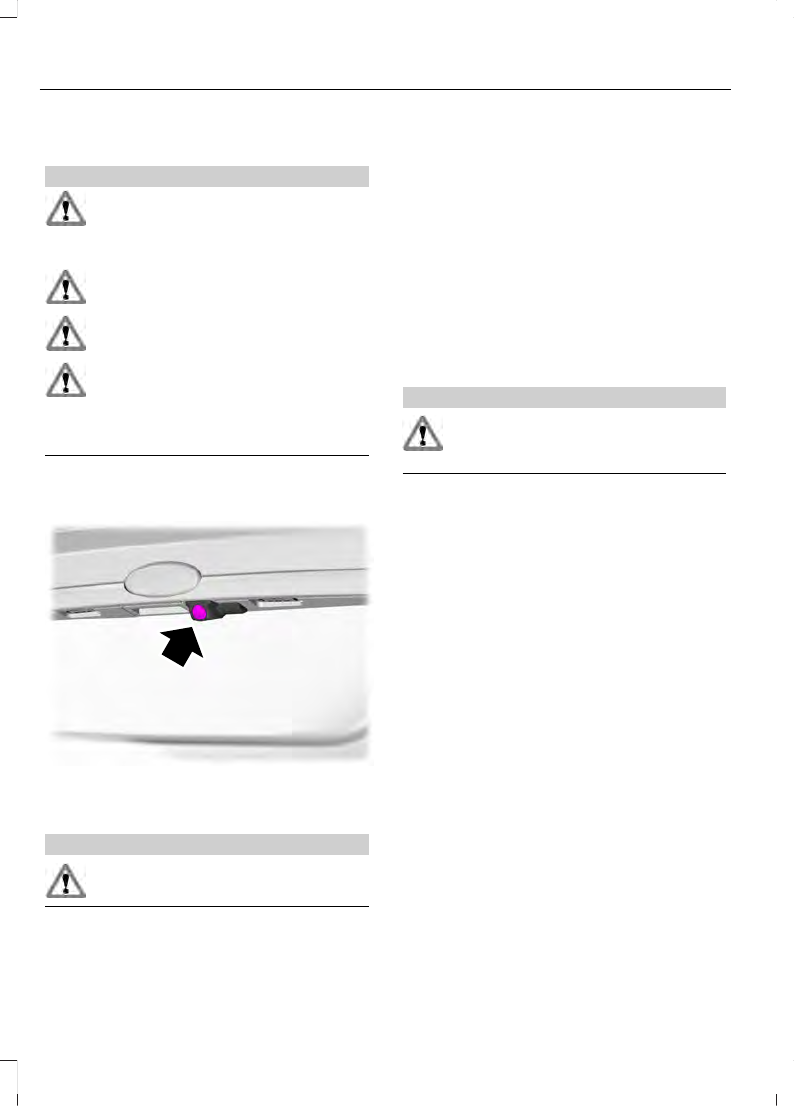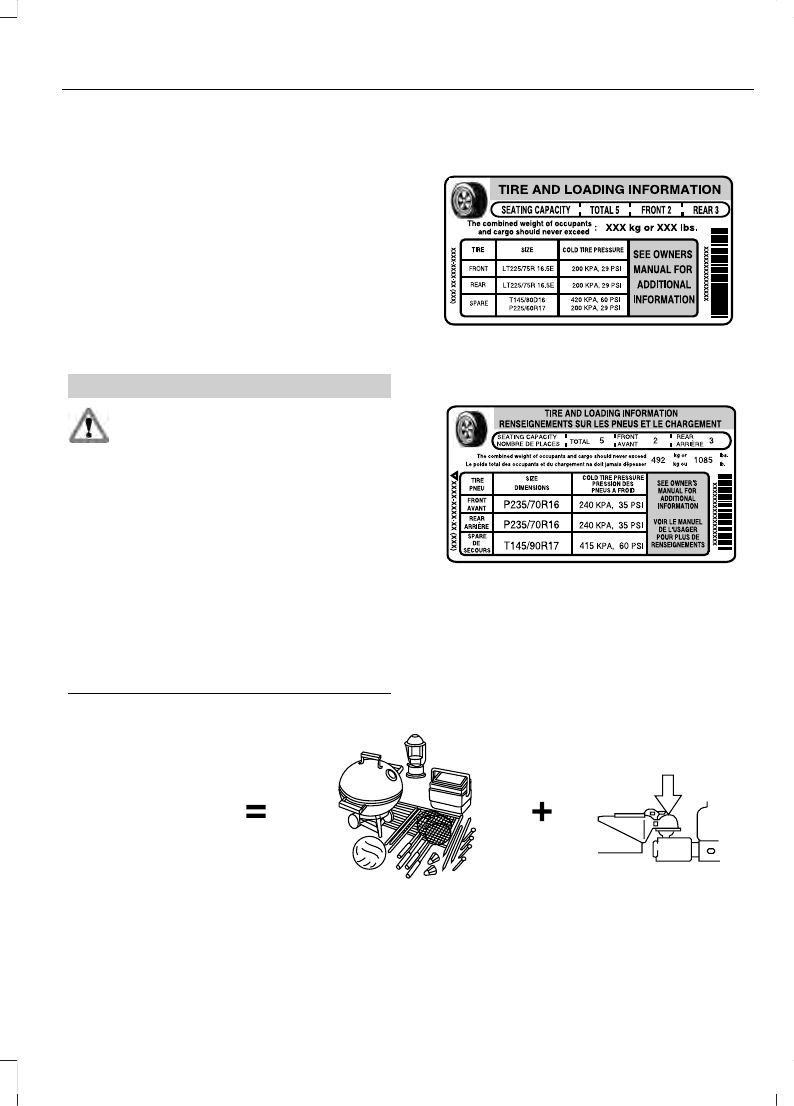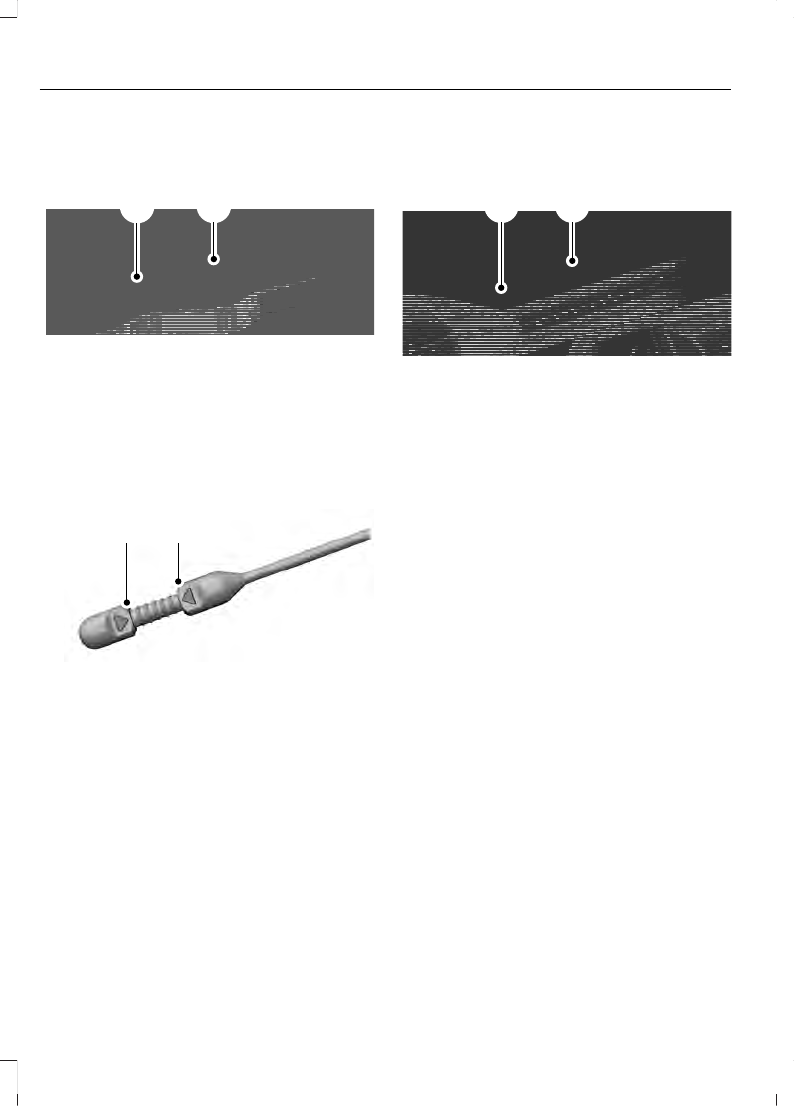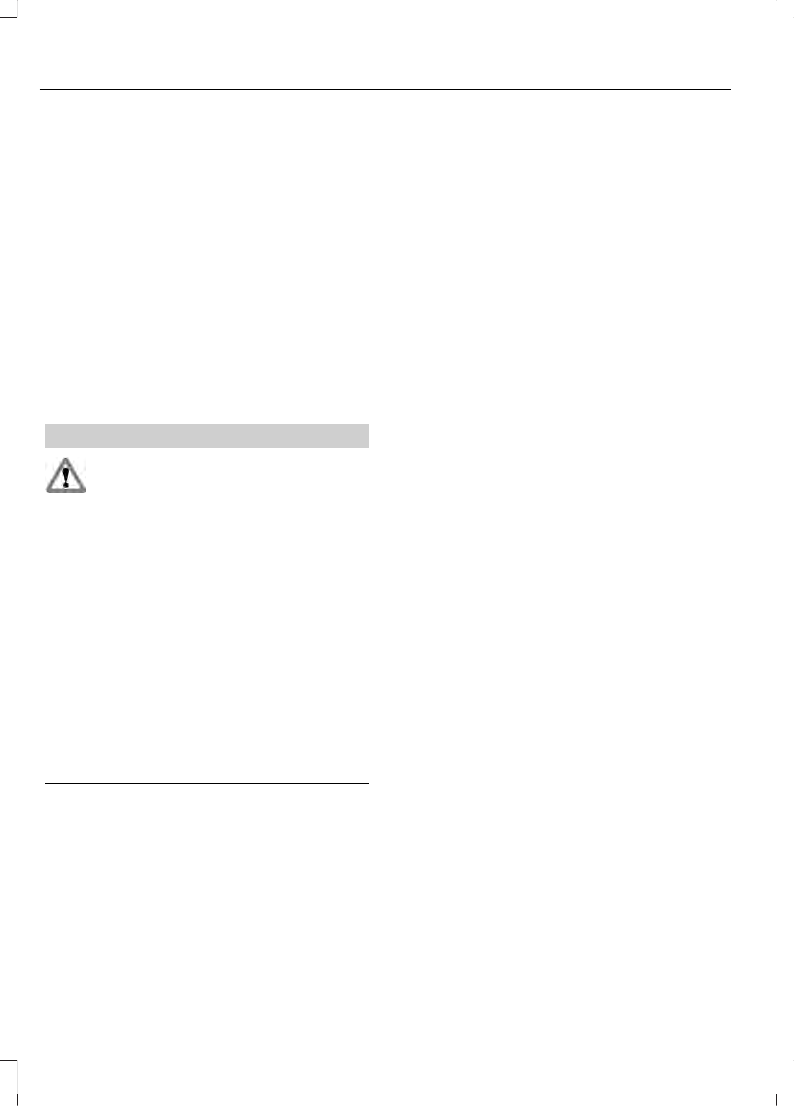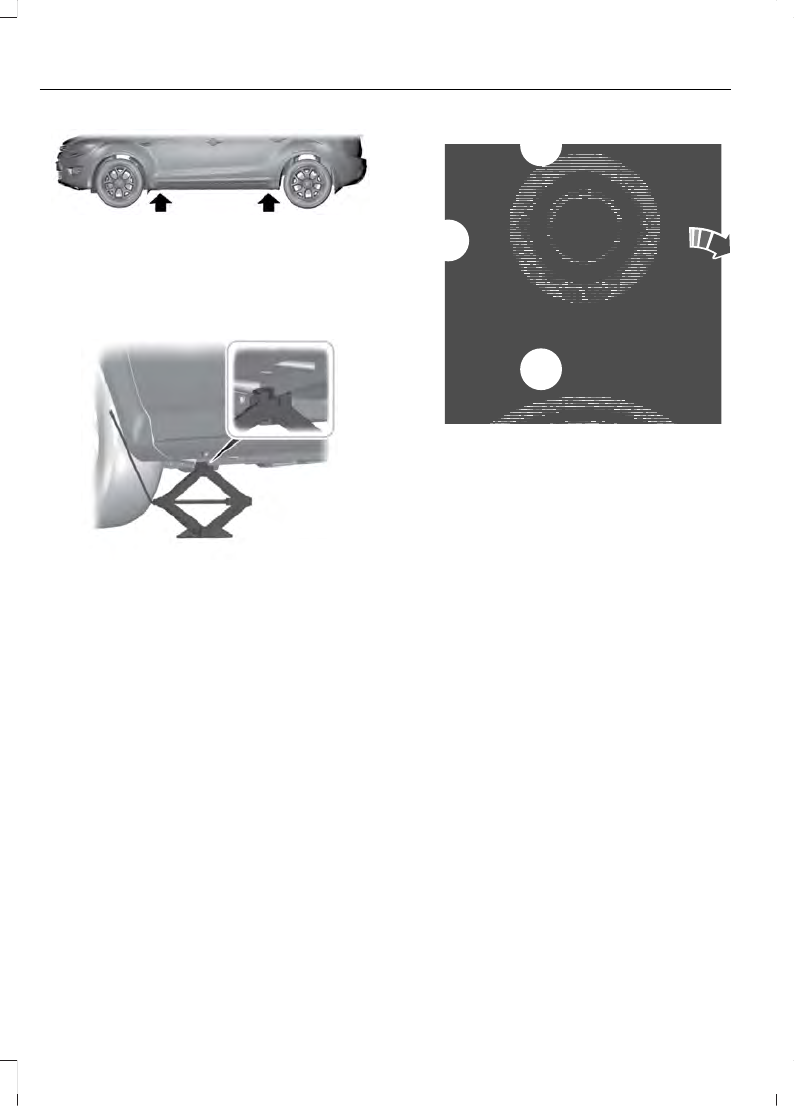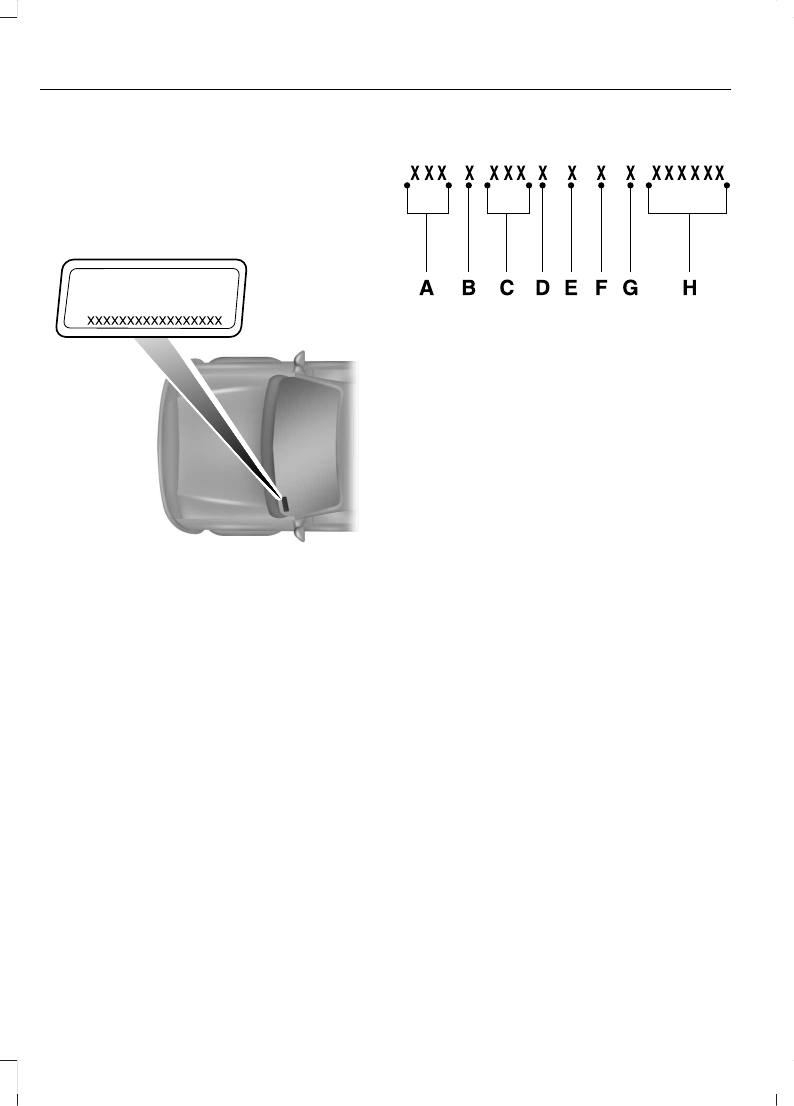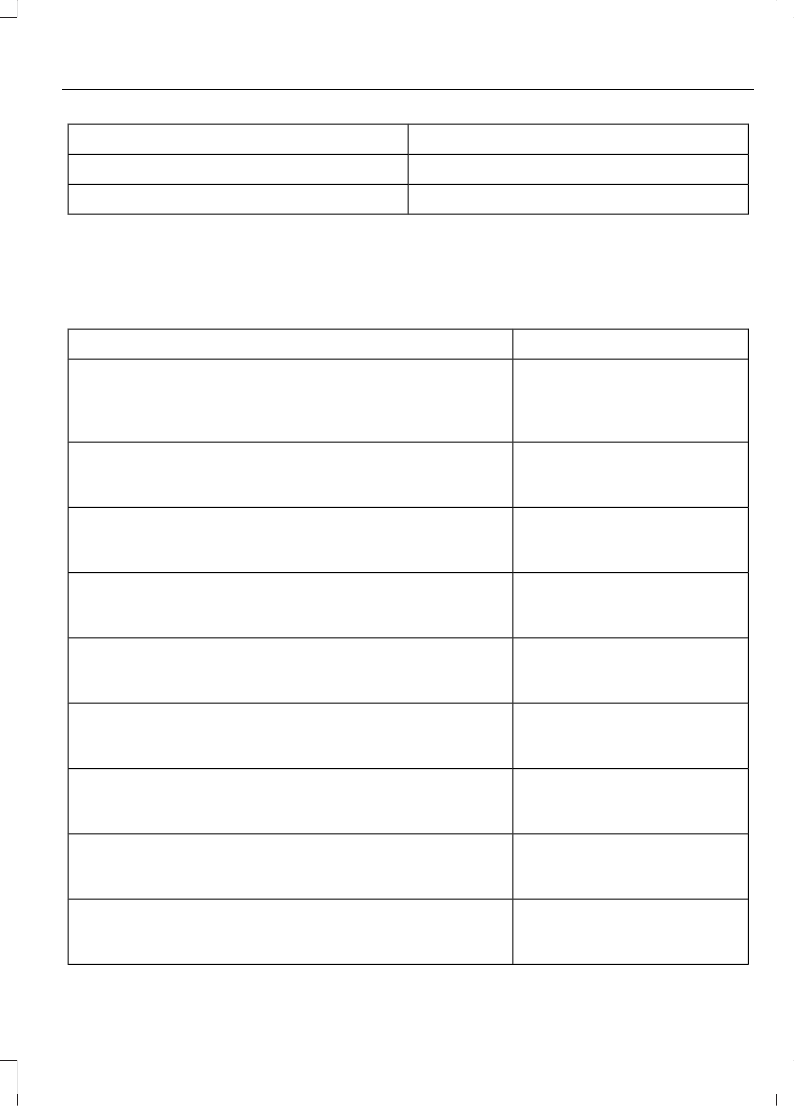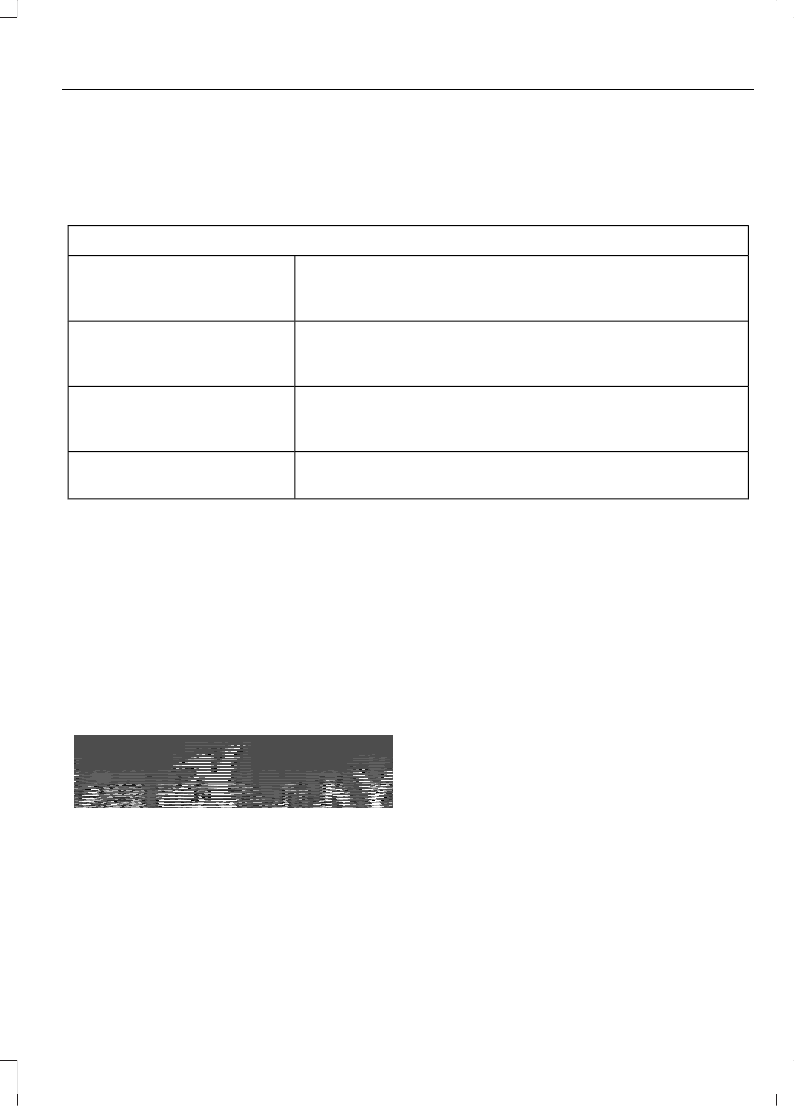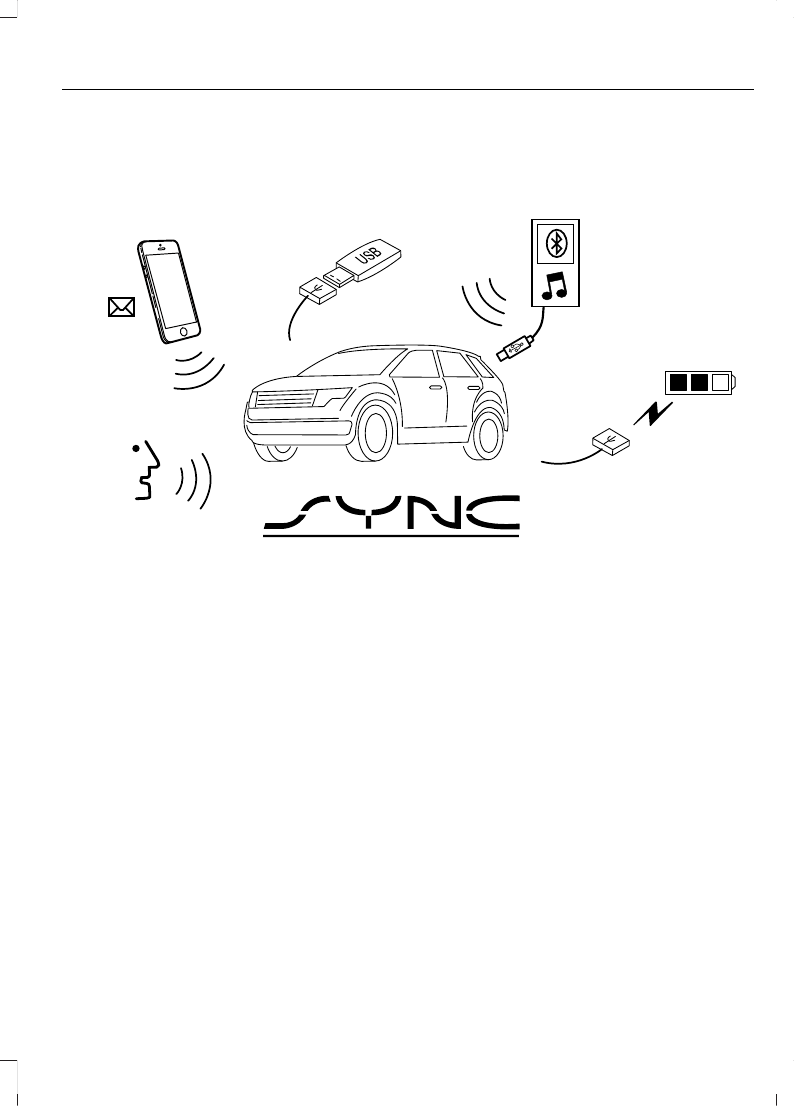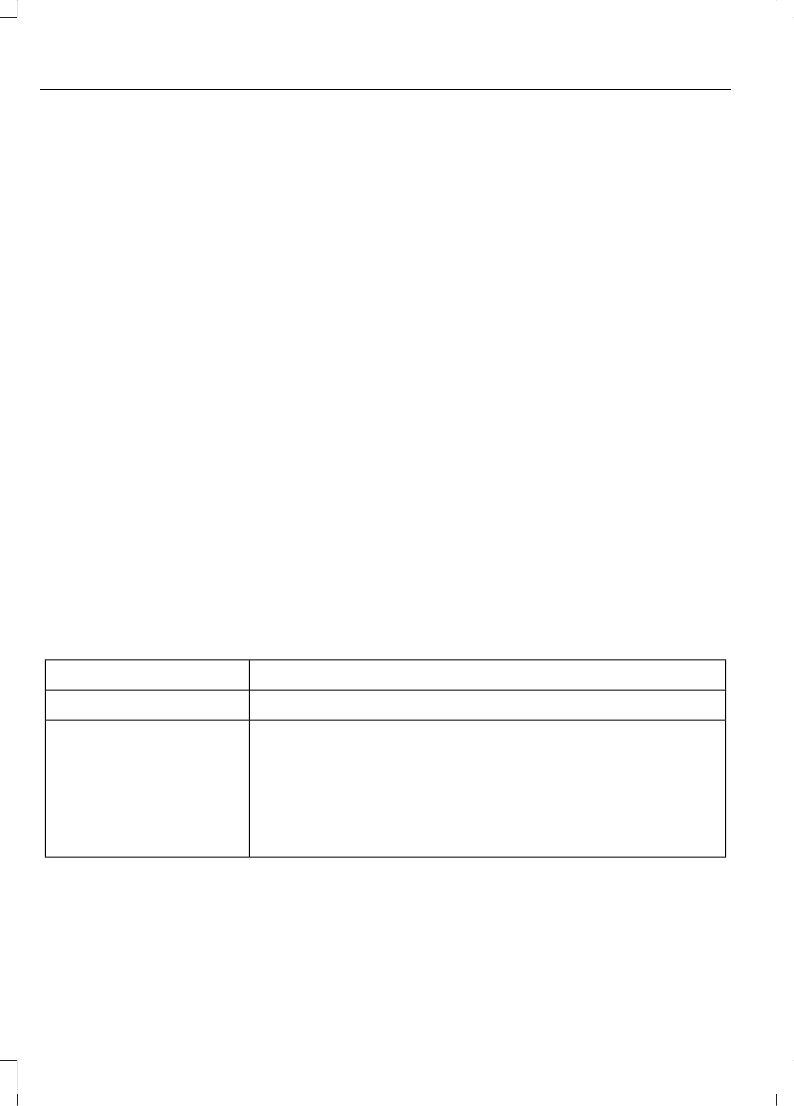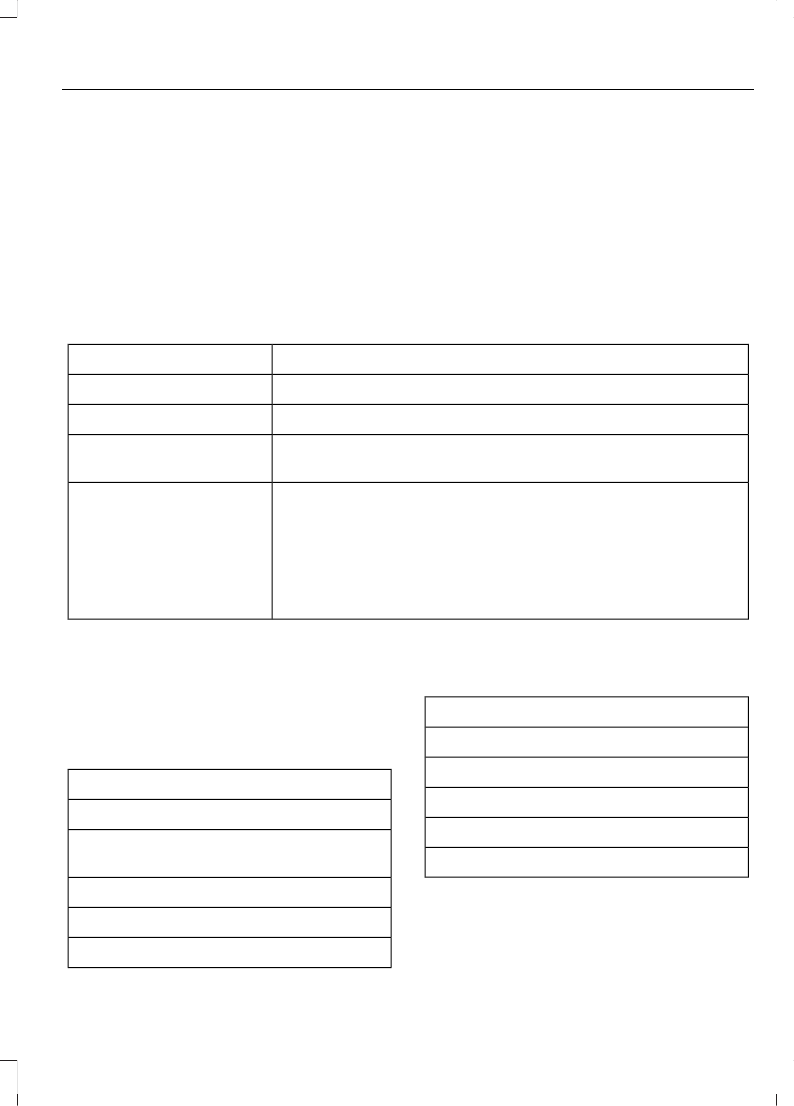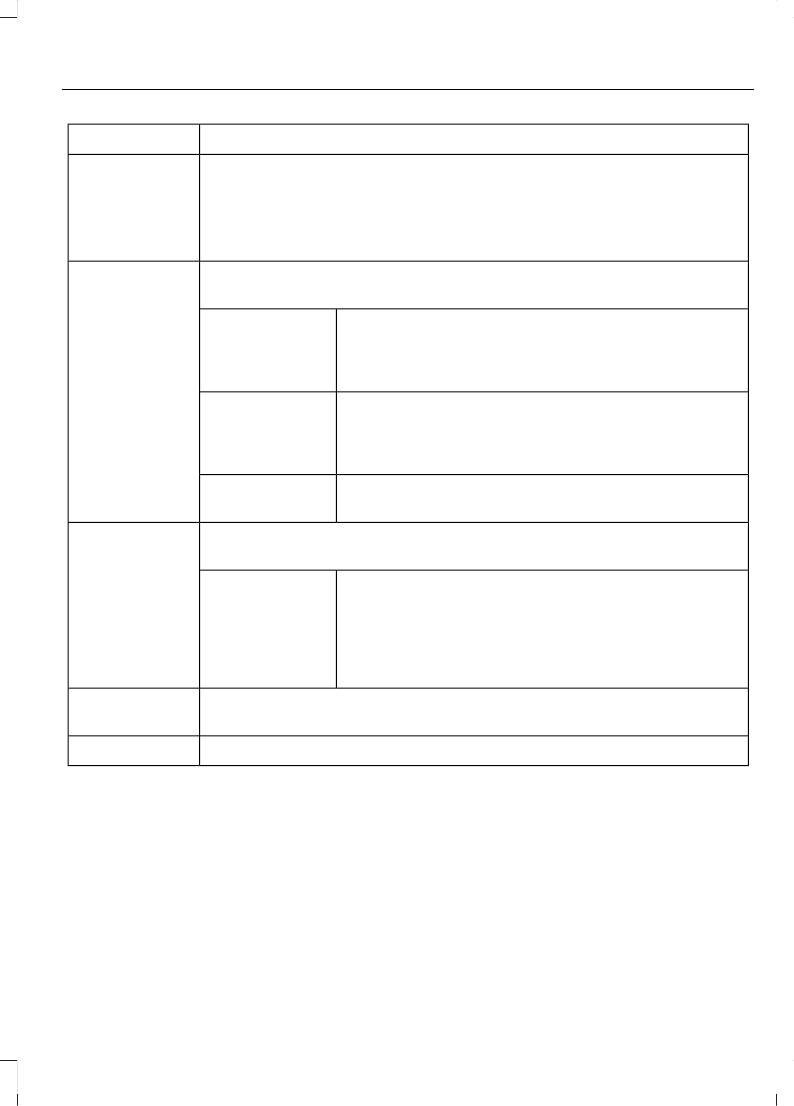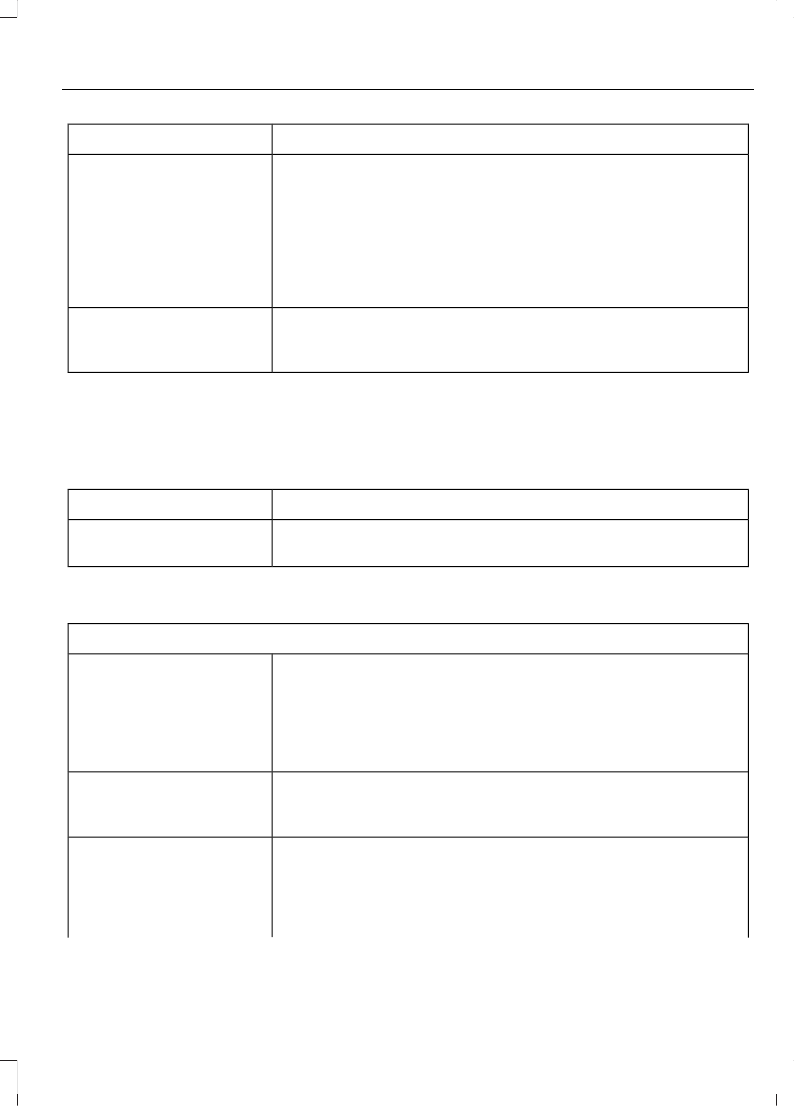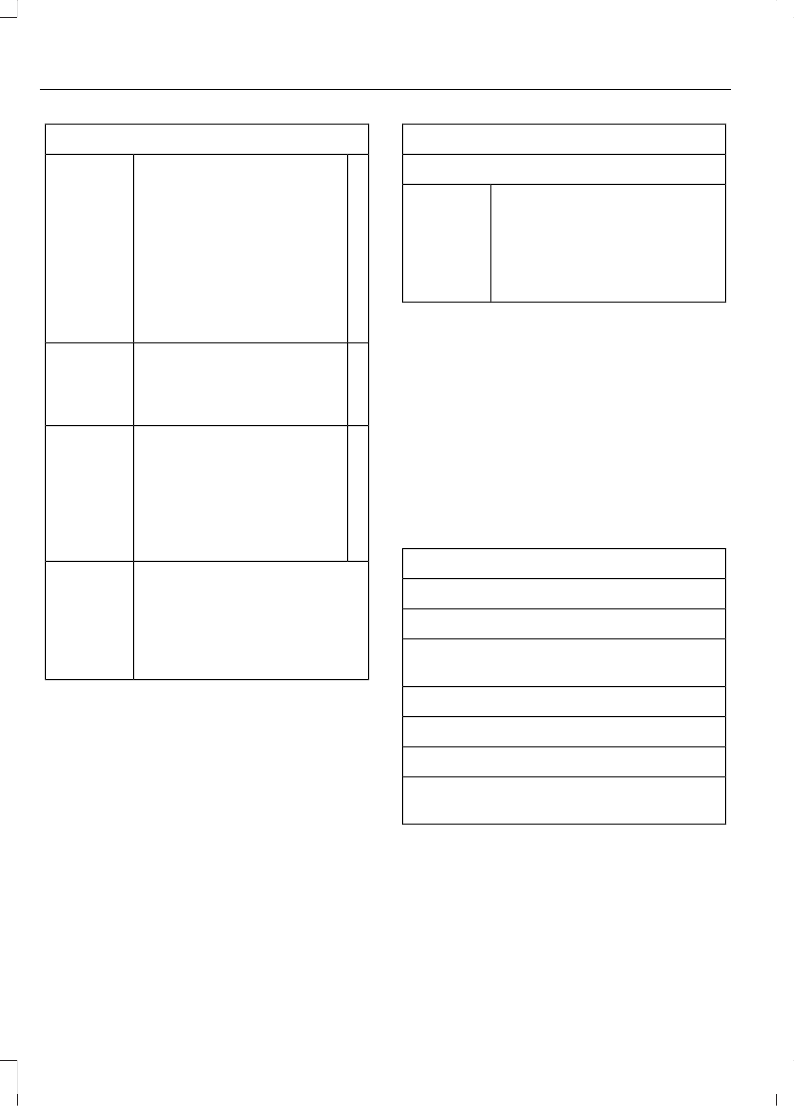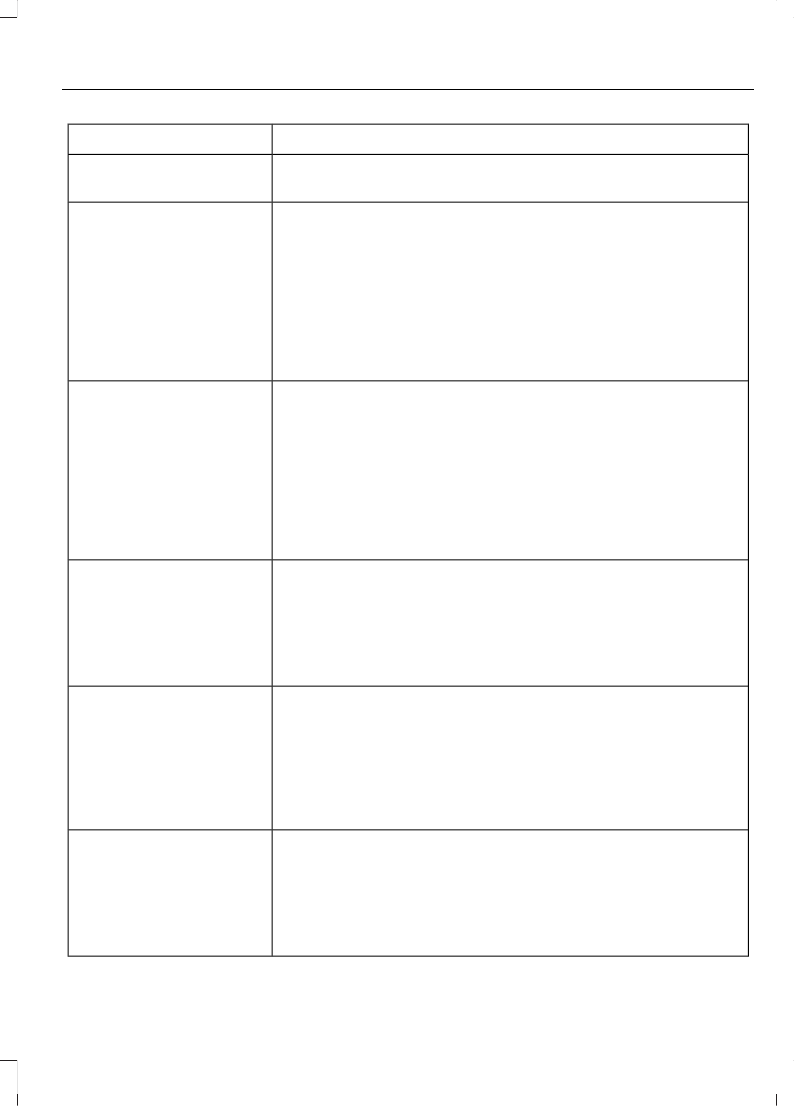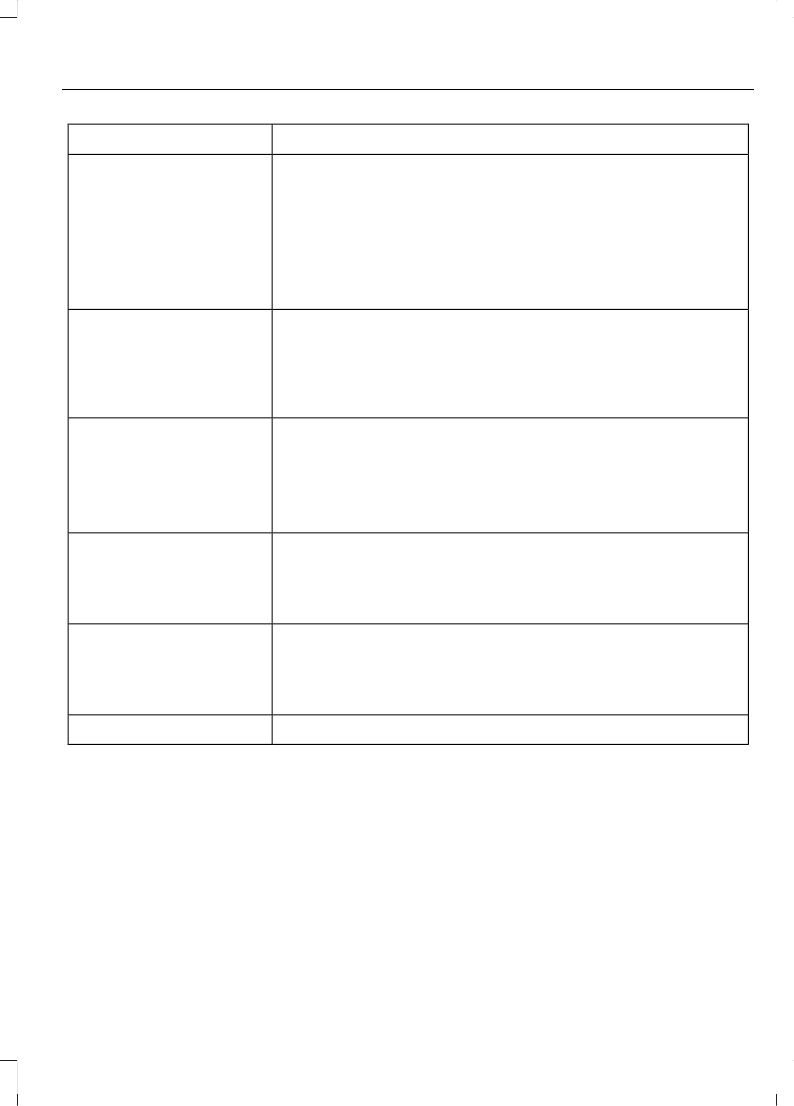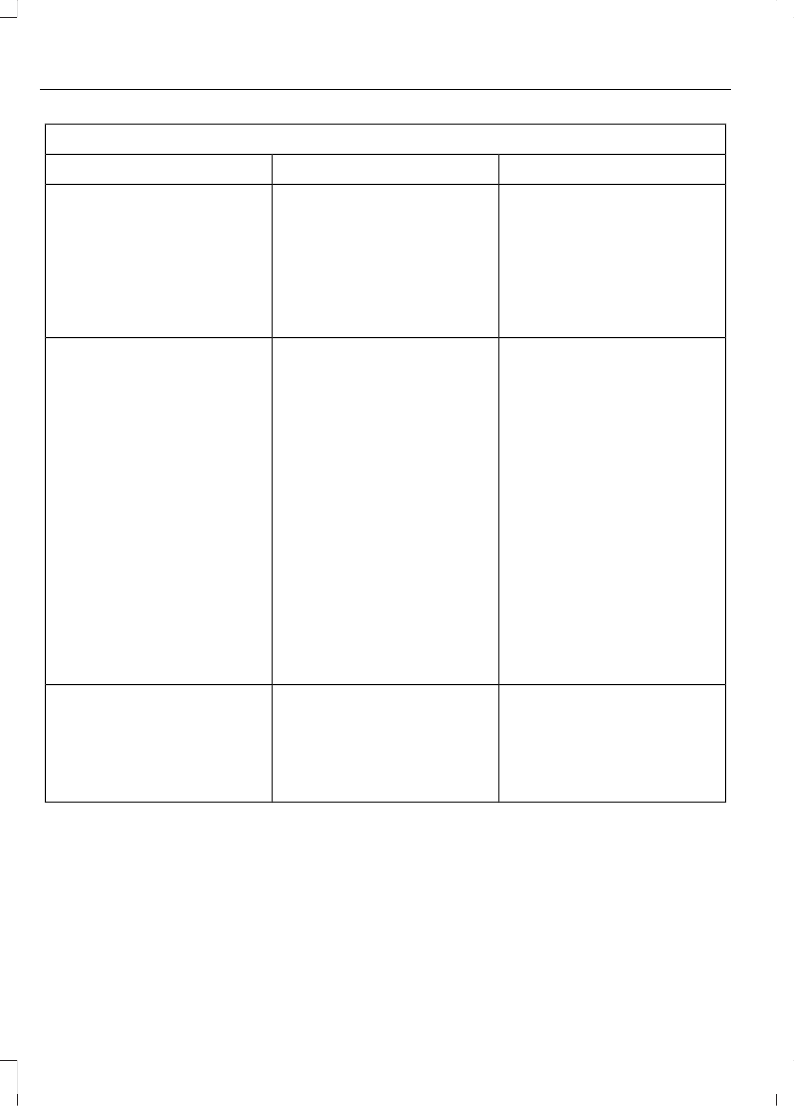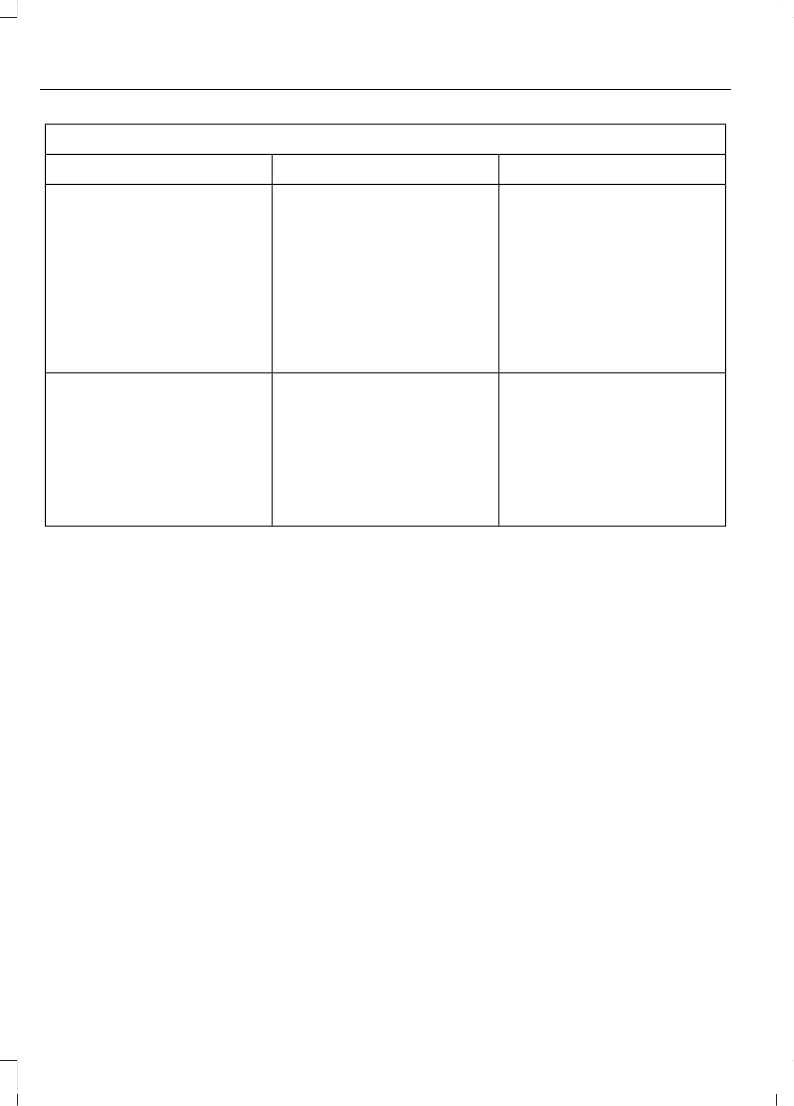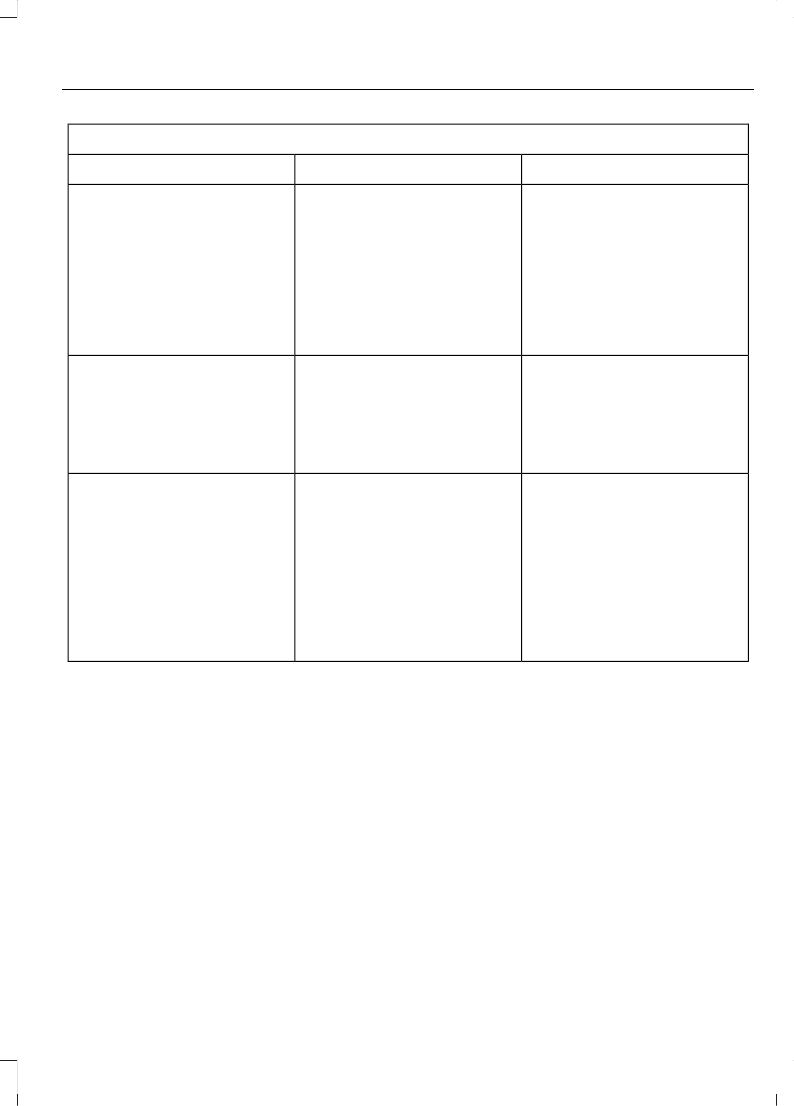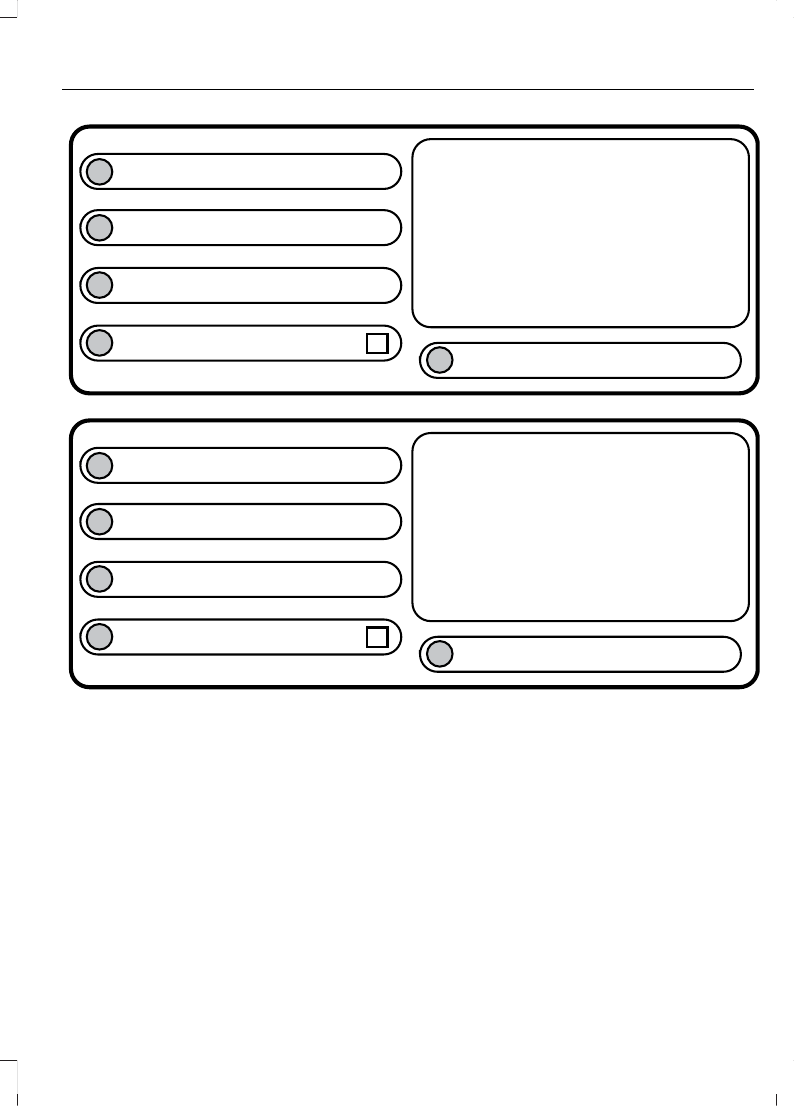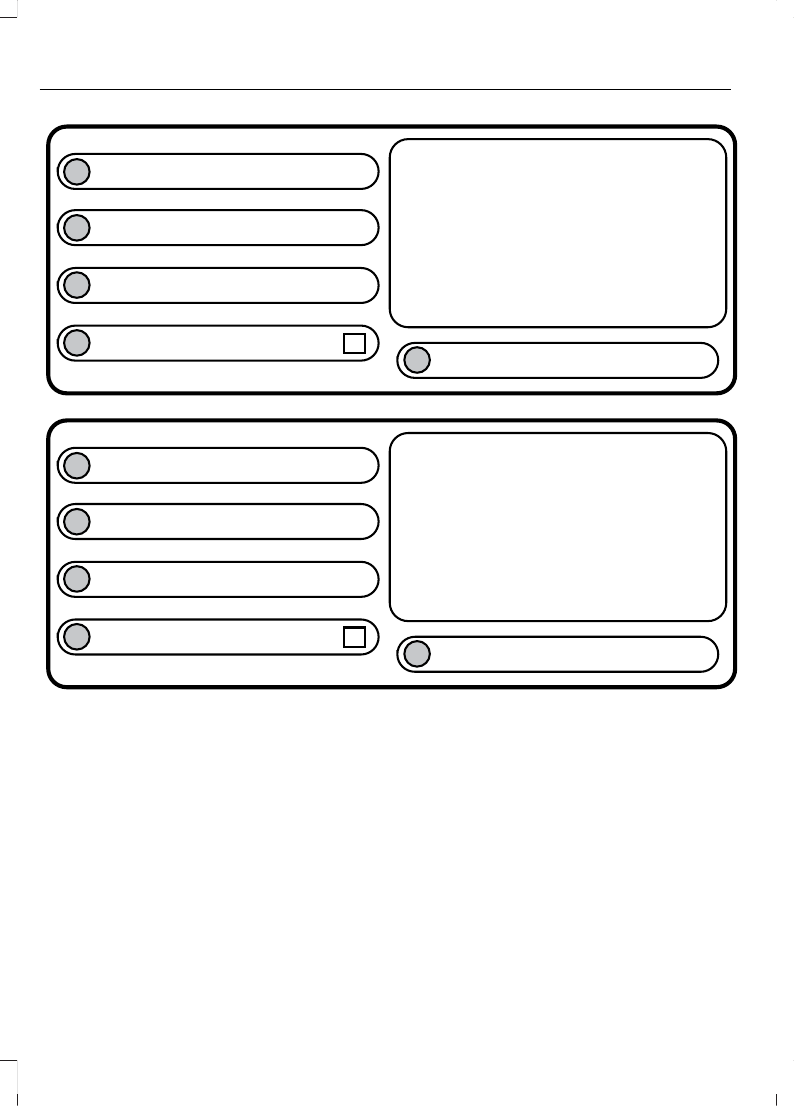Binding Arbitration and Class Action
Waiver
(a) Application. This Section applies to
any dispute EXCEPT IT DOES NOT
INCLUDE A DISPUTE RELATING TO
COPYRIGHT INFRINGEMENT, OR TO THE
ENFORCEMENT OR VALIDITY OF YOUR,
FORD MOTOR COMPANY, OR ANY OF
FORD MOTOR COMPANY’S LICENSORS’
INTELLECTUAL PROPERTY RIGHTS.
Dispute means any dispute, action, or other
controversy between You and FORD
MOTOR COMPANY, other than the
exceptions listed above, concerning the
SOFTWARE (including its price) or this
EULA, whether in contract, warranty, tort,
statute, regulation, ordinance, or any other
legal or equitable basis.
(b) Notice of Dispute. In the event of a
Dispute, You or FORD MOTOR COMPANY
must give the other a “Notice of Dispute”,
which is a written statement of the name,
address, and contact information of the
party giving it, the facts giving rise to the
dispute, and the relief requested. You and
FORD MOTOR COMPANY will attempt to
resolve any dispute through informal
negotiation within 60 days from the date
the Notice of Dispute is sent. After 60 days,
You or FORD MOTOR COMPANY may
commence arbitration.
(c) Small claims court. You may also
litigate any dispute in small claims court
in your county of residence or FORD
MOTOR COMPANY’S principal place of
business, if the dispute meets all
requirements to be heard in the small
claims court. You may litigate in small
claims court whether or not You
negotiated informally first.
(d) Binding arbitration. If You and FORD
MOTOR COMPANY, do not resolve any
dispute by informal negotiation or in small
claims court, any other effort to resolve
the dispute will be conducted exclusively
by binding arbitration. You are giving up
the right to litigate (or participate in as a
party or class member) all disputes in court
before a judge or jury. Instead, all disputes
will be resolved before a neutral arbitrator,
whose decision will be final except for a
limited right of appeal under the Federal
Arbitration Act. Any court with jurisdiction
over the parties may enforce the
arbitrator’s award.
(e) Class action waiver. Any proceedings
to resolve or litigate any dispute in any
forum will be conducted solely on an
individual basis. Neither you nor FORD
MOTOR COMPANY, will seek to have any
dispute heard as a class action, as a private
attorney general action, or in any other
proceeding in which any party acts or
proposes to act in a representative
capacity. No arbitration or proceeding will
be combined with another without the
prior written consent of all parties to all
affected arbitrations or proceedings.
(f) Arbitration procedure. Any
arbitration will be conducted by the
American Arbitration Association (the
“AAA”), under its Commercial Arbitration
Rules. If You are an individual and use the
SOFTWARE for personal or vehicle use, or
if the value of the dispute is $75,000 or
less whether or not You are an individual
or how You use the SOFTWARE, the AAA
Supplementary Procedures for
Consumer-Related Disputes will also
apply. To commence arbitration, submit a
Commercial Arbitration Rules Demand for
Arbitration form to the AAA. You may
request a telephonic or in-person hearing
by following the AAA rules. In a dispute
involving $10,000 or less, any hearing will
be telephonic unless the arbitrator finds
good cause to hold an in-person hearing
instead. For more information, see adr.org
or call 1-800-778-7879. You agree to
commence arbitration only in your county
of residence or FORD MOTOR COMPANY’S
principal place of business. The arbitrator
340
Fiesta (CCT) Canada/United States of America, enUSA, First Printing
Appendices

























































































